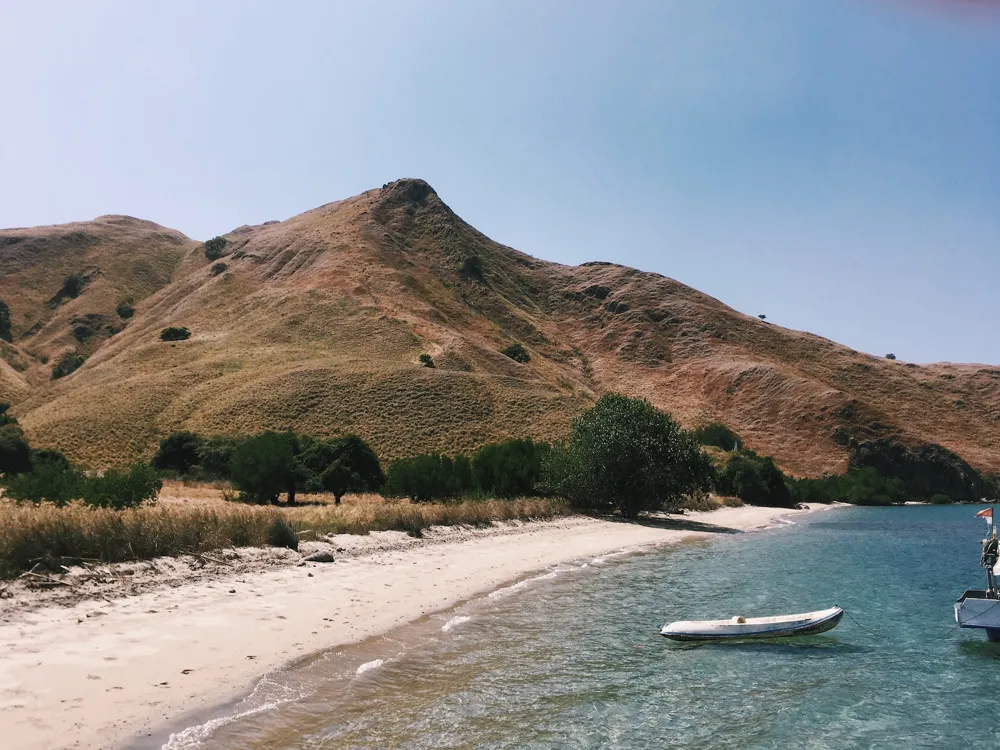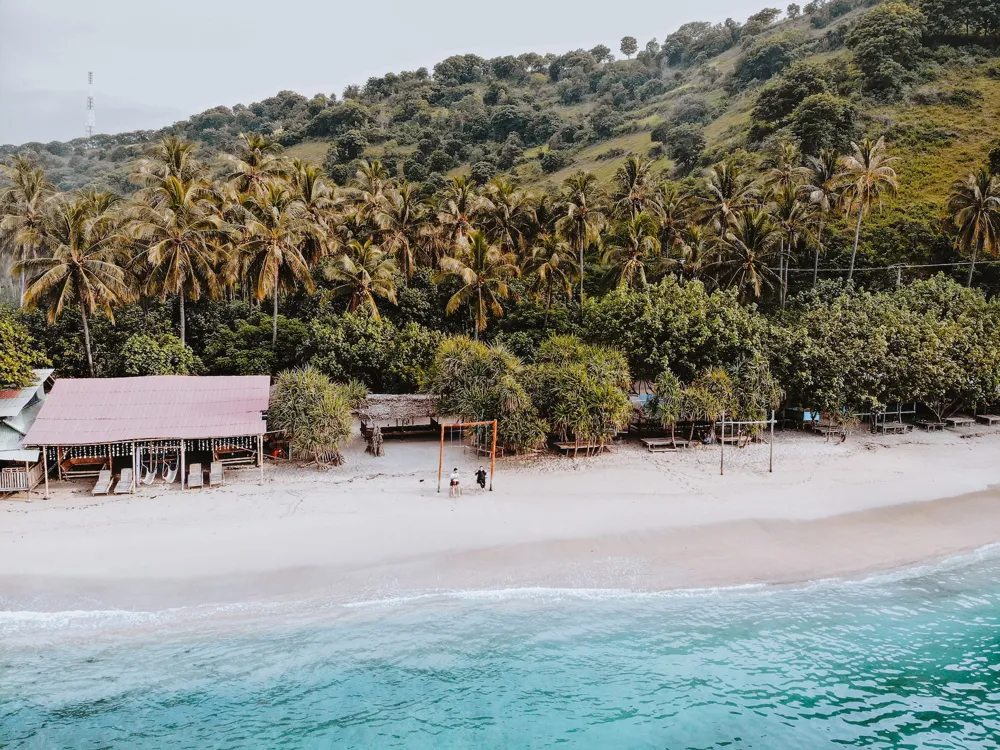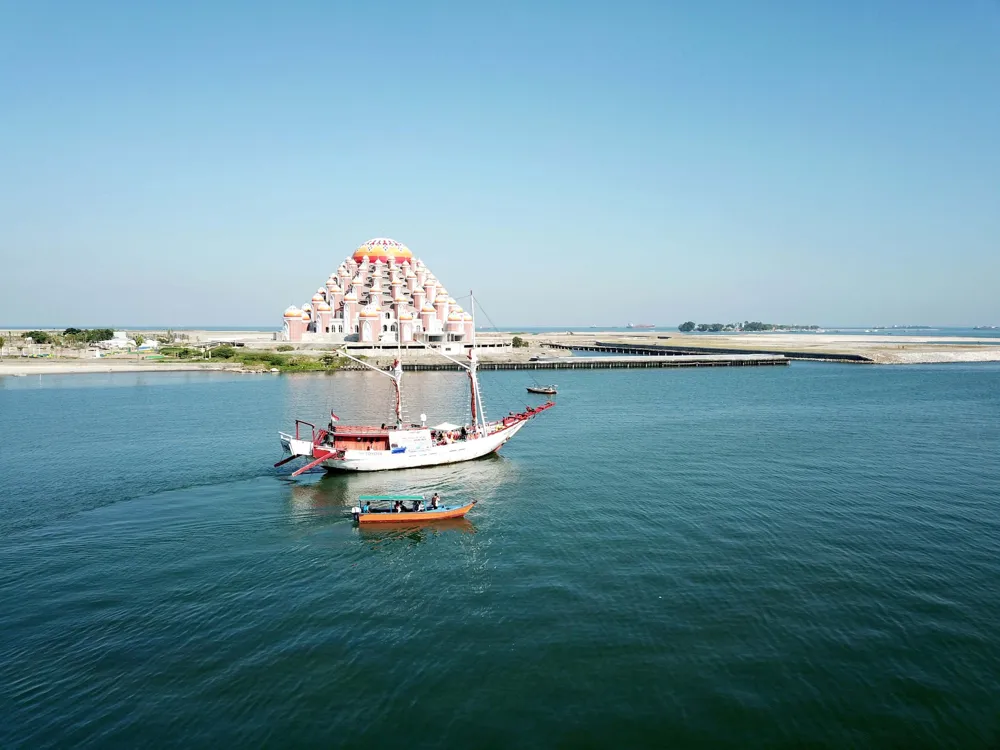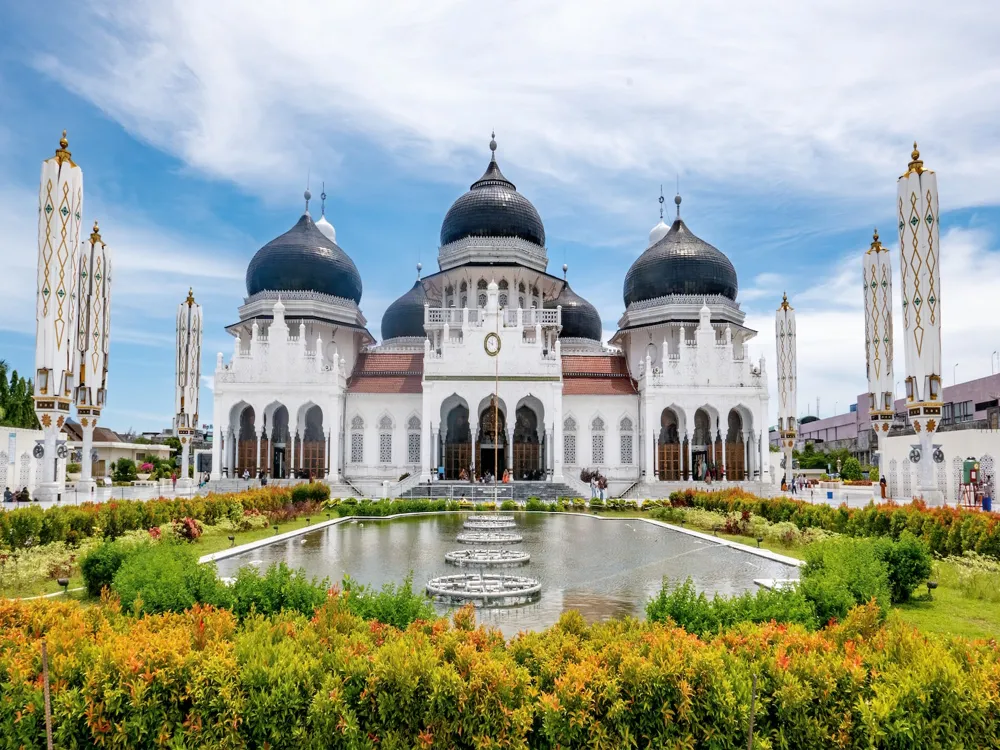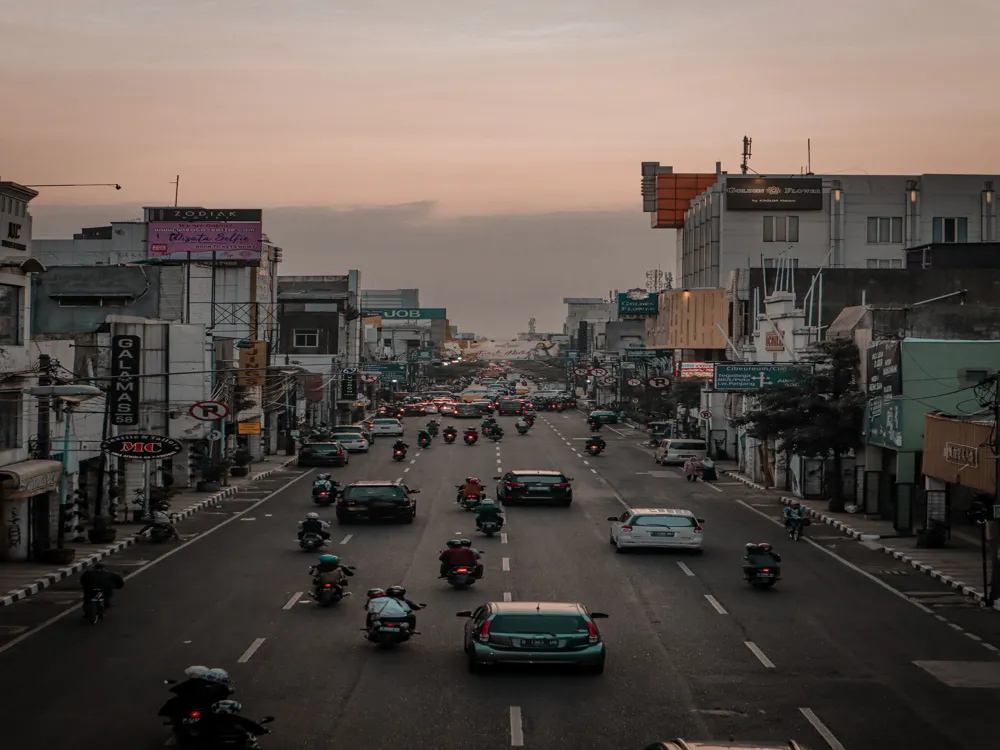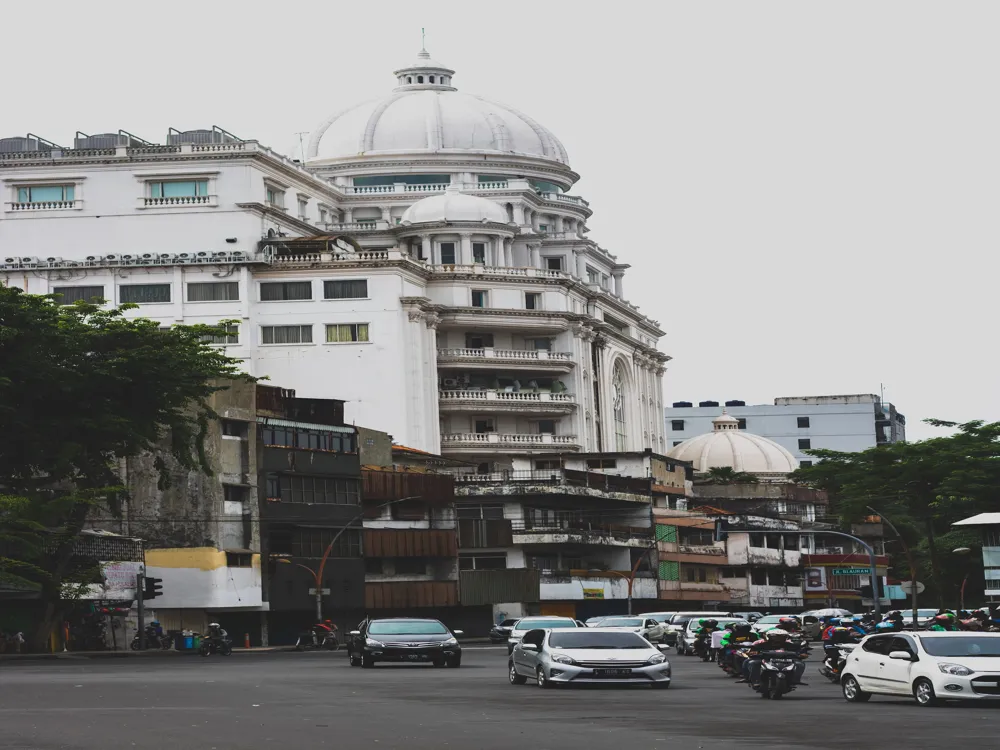Liang Bua, a remarkable limestone cave located on the island of Flores in Indonesia, stands as a testament to the island's rich and diverse history. This cave, enveloped in dense jungle and steeped in mystery, has been a focal point of archaeological and paleoanthropological research, particularly since the early 2000s. Its fame escalated with the discovery of Homo floresiensis, a new human species, often dubbed as 'the Hobbit' due to its diminutive stature. The discovery challenged established theories about the singular lineage of human evolution, suggesting a far more complex journey. The cave's structure, formed over millennia, reveals a fascinating geological history. Its vast chambers and deep recesses have preserved not just human remains but also a plethora of faunal fossils and archaeological artifacts. These remnants tell a story of survival, adaptation, and the interplay between humans and their environment over tens of thousands of years. The sedimentary layers within the cave act as historical archives, offering insights into the climatic changes and ecological shifts that have occurred in this part of the world. Liang Bua's archaeological significance is unparalleled. The layers of sediment have preserved a chronological sequence that provides insights into the lives of the cave's inhabitants. Tools made from stone and bone, alongside evidence of fire usage, suggest a sophisticated level of tool-making and survival strategies employed by the Homo floresiensis and later human inhabitants. The cave has also yielded evidence of a diverse range of extinct fauna, including the Stegodon, a type of extinct elephant, and the Komodo dragon, hinting at a once-rich biodiversity that flourished in this region. The discovery of Homo floresiensis has ignited debates and scientific inquiry into the patterns of human evolution. Standing at just over a meter tall, with a brain size comparable to chimpanzees, these ancient humans challenge our understanding of what it means to be human. Their existence on Flores, an island environment with unique ecological constraints, raises questions about the role of island dwarfism and how isolated environments can lead to remarkable evolutionary outcomes. The ongoing research in Liang Bua continues to contribute significantly to our understanding of human evolution. The architecture of Liang Bua is a marvel of natural formation, sculpted over thousands of years by geological processes. The cave's entrance, a gaping maw set against the lush green backdrop of the Flores jungle, leads into a vast chamber that extends over 50 meters in length. The interior of the cave is a labyrinth of smaller chambers, alcoves, and crevices, each holding its secrets from the past. The walls of Liang Bua are adorned with stalactites and stalagmites, forming natural sculptures that add to the cave's mystical aura. These calcite formations, created by the slow drip of mineral-rich water over centuries, vary in size and shape, creating a natural gallery of abstract art. The cave's floor is a tapestry of rocky terrain, interspersed with patches of sediment that have been meticulously excavated by archaeologists. One of the most intriguing aspects of Liang Bua's architecture is its stratigraphic layers. These layers, visible on the cave's walls and floor, are like pages in a book, each telling a different chapter of the cave's history. The lower layers, older and more compact, contain the oldest archaeological and fossil evidence, while the upper layers offer a glimpse into the more recent past. The stratigraphy of Liang Bua has been crucial in dating the various findings within the cave, providing a chronological framework for understanding the evolution of its inhabitants. Another architectural highlight of Liang Bua is the presence of natural vents and openings that allow for air circulation and a modicum of natural light. These features would have made the cave more habitable for ancient humans and animals, providing ventilation and a source of illumination. The cave's natural architecture has thus played a crucial role in its ability to sustain life over thousands of years and in preserving the evidence of that life for modern-day exploration and study. Before embarking on your journey to Liang Bua, ensure you have comfortable hiking gear and adequate hydration. The tropical climate of Flores can be challenging, so prepare for humid and potentially rainy conditions. It's also advisable to carry insect repellent and a basic first-aid kit. Consider booking a guided tour. Local guides are not only knowledgeable about the cave's history and significance but can also navigate the terrain efficiently. They can provide insights into the archaeological discoveries and help you understand the cave's importance in human evolution. Liang Bua is an active archaeological site. Visitors are expected to respect the area by not touching or removing any artifacts. It's important to follow the designated paths and heed any instructions given by guides or signage. To reach Liang Bua, you will likely begin your journey in Bali, from where you can take a flight to Labuan Bajo on Flores Island. From Labuan Bajo, Liang Bua can be accessed by road, a journey that takes approximately 2-3 hours. The road to Liang Bua winds through the scenic countryside of Flores, offering breathtaking views of the island's natural beauty. Public transportation is available, but hiring a private vehicle or joining a tour can provide a more comfortable and convenient travel experience. Read More: Overview of Liang Bua, Flores
The architecture of Liang Bua
Tips When Visiting Liang Bua
Preparation for the Visit
Guided Tours
Respecting the Site
How To Reach Liang Bua
Liang Bua
Flores
NaN onwards
View flores Packages
Flores Travel Packages
View All Packages For Flores
Top Hotel Collections for Flores

Private Pool

Luxury Hotels

5-Star Hotels

Pet Friendly
Top Hotels Near Flores
Other Top Ranking Places In Flores
View All Places To Visit In flores
View flores Packages
Flores Travel Packages
View All Packages For Flores
Top Hotel Collections for Flores

Private Pool

Luxury Hotels

5-Star Hotels

Pet Friendly









